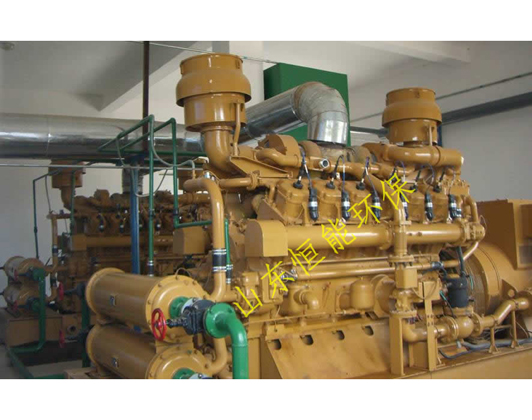生物脫硫技術是一種利用微生物或生物酶來減少燃煤等工業過程中產生的二氧化硫(SO2)排放的方法。它具有以下的一些優點和缺點:
Biological desulfurization technology is a method that utilizes microorganisms or biological enzymes to reduce the emission of sulfur dioxide (SO2) generated in industrial processes such as coal combustion. It has some advantages and disadvantages as follows:
優點:
Advantages:
環保友好:與傳統的化學脫硫方法相比,生物脫硫技術更加環保。它利用微生物代謝過程中產生的酶來催化SO2的轉化,減少了化學藥劑的使用,減少了化學廢物的產生。
Environmentally friendly: Compared to traditional chemical desulfurization methods, biological desulfurization technology is more environmentally friendly. It utilizes enzymes produced during microbial metabolism to catalyze the conversion of SO2, reducing the use of chemical agents and the generation of chemical waste.
低能耗:生物脫硫技術相對于其他脫硫方法來說,能耗較低。微生物在適宜的環境條件下能夠自行生長和繁殖,只需提供適當的培養基和適宜的溫度、pH等條件,相比于傳統脫硫方法的能耗要低很多。
Low energy consumption: Compared to other desulfurization methods, biological desulfurization technology has lower energy consumption. Microorganisms can grow and reproduce on their own under suitable environmental conditions, simply by providing appropriate culture media, temperature, pH, and other conditions. Compared to traditional desulfurization methods, the energy consumption is much lower.

應用廣泛:生物脫硫技術可以適用于各種規模的工業設施,包括燃煤電廠、鋼鐵廠、煉油廠等。它可以靈活調整和適應不同的工藝條件和廢氣組分。
Widely used: Biological desulfurization technology can be applied to various scale industrial facilities, including coal-fired power plants, steel plants, refineries, etc. It can flexibly adjust and adapt to different process conditions and exhaust gas components.
降低成本:由于生物脫硫技術使用的是自然存在的微生物或酶,而不是昂貴的化學藥劑,因此可以在一定程度上降低脫硫成本。
Cost reduction: Due to the use of naturally occurring microorganisms or enzymes instead of expensive chemical agents, biological desulfurization technology can reduce desulfurization costs to a certain extent.
缺點:
Disadvantages:
運行條件要求嚴格:生物脫硫技術對于微生物的生長環境條件要求較為嚴格,包括溫度、pH值、營養物質等。這需要對操作過程進行精確控制,以確保微生物能夠正常生長和發揮作用。
Strict operating conditions: Biological desulfurization technology has strict requirements for the growth environment of microorganisms, including temperature, pH value, nutrients, etc. This requires precise control of the operating process to ensure that microorganisms can grow and function normally.
處理效率相對較低:相對于傳統的化學脫硫方法來說,生物脫硫技術的處理效率可能相對較低。微生物代謝的速度較慢,需要一定的時間來實現脫硫效果,因此需要更長的處理時間。
Relatively low treatment efficiency: Compared to traditional chemical desulfurization methods, the treatment efficiency of biological desulfurization technology may be relatively low. The speed of microbial metabolism is relatively slow, requiring a certain amount of time to achieve desulfurization effect, therefore requiring longer processing time.
操作復雜性:生物脫硫技術的操作相對較為復雜,需要的人員進行監測和管理微生物的生長狀態,以確保脫硫系統的穩定運行。
Operational complexity: The operation of biological desulfurization technology is relatively complex, requiring professional personnel to monitor and manage the growth status of microorganisms to ensure the stable operation of the desulfurization system.
微生物適應性問題:在實際應用中,微生物可能會受到廢氣中其他成分的影響,如氧氣含量、氮氧
Microbial adaptability issue: In practical applications, microorganisms may be affected by other components in the exhaust gas, such as oxygen content and nitrogen oxygen
Thank you for reading. The source of this article is: Biological Desulfurization. For more information and questions, please click on: http://lbflj.com We will continue to work hard to provide you with services. Thank you for your support!
